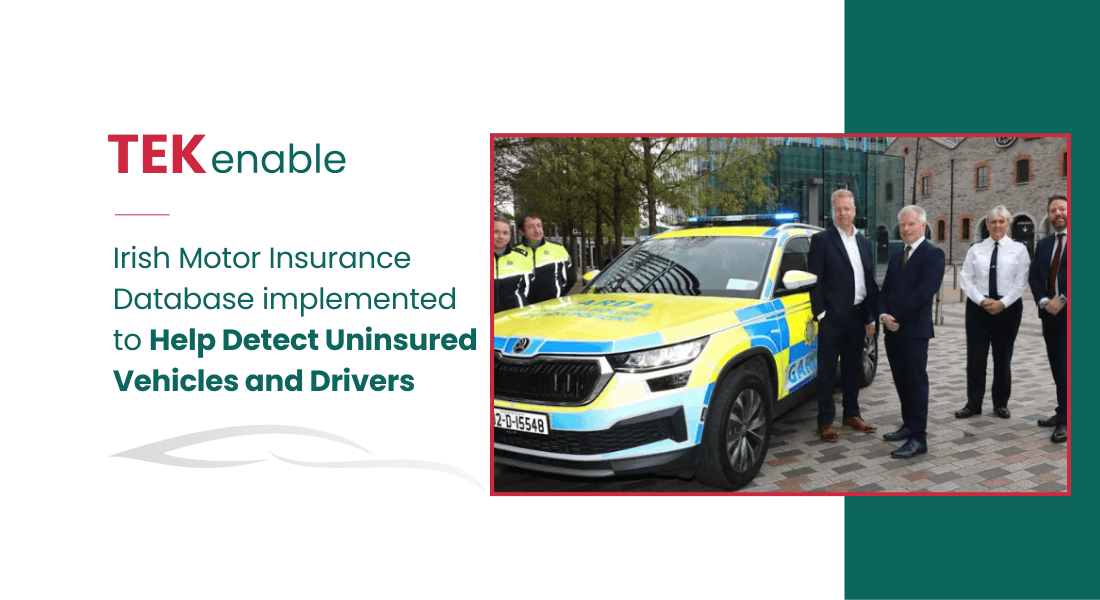TEKenable CTO Peter Rose was interviewed by Jason Walsh about healthcare innovation and the role of artificial intelligence in medical diagnosis. Interview content has been reproduced below.
When we think of potential applications for artificial intelligence (AI) and machine learning (ML) in healthcare, typically the first thing that springs to mind is diagnosis. After all, teaching machines to operate as pattern recognition devices has been the breakthrough in AI that most of us have experienced, whether in chatbots, machine translation or recommendation engines.
In addition, computers as rules-based systems working through flowchart-like logic or dialogue trees are something that we can all intuitively grasp. But while ‘if/then/or’ can help us, or machines for that matter, work through problems or systems, it is a long way from what we understand as intelligence.
In fact, AI’s real-world applications go much deeper than that, said Peter Rose, founder of TEKenable, and the technology is finding a role in treatment.
“We have a new project starting off, using ML in a medical context to improve the outcomes for patients,” he said. TEKenable’s project is centred on fine-tuning treatment for individual patients.
“What we’re doing is, we’re working with a company that has developed a treatment with a large cohort of patients from around Europe. What they’ve observed was that the success rate of the treatment is hard to predict, but there are various possible treatment strategies,” he said. The healthcare company engaged TEKenable to use machine learning to look at patient groups and then automatically vary treatment according to results.
“It looks at their self-reported responses to see if they are performing well or not so well, and if it’s not so well, it will look at patients who responded similarly on the same patient pathway and see which treatment helped them,” Rose said.
Although the work is at the cutting edge, it is not a laboratory study, though it does have a research component, partly being grant-funded, and partly commercially funded.
Rose said that medical scenarios, by their nature, require extra care. After all, these Ais are not customer service chatbots.
As a result, the area is strictly regulated. “You need to be certified under the medical device legislation, certified to the right standards for the EU, US and so on, but there has been a real growth of the use of intelligence in medical diagnostics and treatments,” he said.
The treatment plan TEKenable is working on relates to a non-life-threatening illness, and this had a significant upshot, allowing as it does for a greater level of machine autonomy.
“What marks this as a bit different is that AI and ML are usually used in a supportive role to make suggestions and recommendations to clinicians who then use their professional judgment. This, however, is fully autonomous and it’s making decisions in near real-time,” he said.
The AI itself is hosted in the cloud and also collects self-reported information from patients. Again, this would not be possible with life-threatening illnesses, where patients need to be seen directly and regularly by clinicians.
“The patients themselves interact through mobile applications. There is no possibility of a negative outcome,” Rose said.
In this sense, while the AI is autonomous, it is still working largely to assist medical professionals by lessening their workload, rather than seeking to replace them.
In this regard, using AI in patient treatment is another step in the direction of improving health outcomes and can be deployed where it is suitable and used only as an advisory tool when expert medical intervention is needed.
“It has to be that way because when AI goes wrong it really goes wrong. In a medical context you can’t allow that to be connected to treatment,” Rose said.
One issue is that patients need to be seen in the round, rather than as simply collections of symptoms or even just numbers in a database. Keeping our feet on the ground by recognising this allows us to celebrate successful developments without over-simplifying the challenges ahead.
“If you boil a real-world problem down to mathematics you strip out a lot of contexts and that is really dangerous. If you say, ‘This is a Bayesian distribution problem’, well, no, it’s not, it’s a human problem. At the end of the day, a lot of AI and ML is just statistics,” he said.
This interview reproduced here was authored by Jason Walsh and first appeared in Business Post, on June 26, 2022





